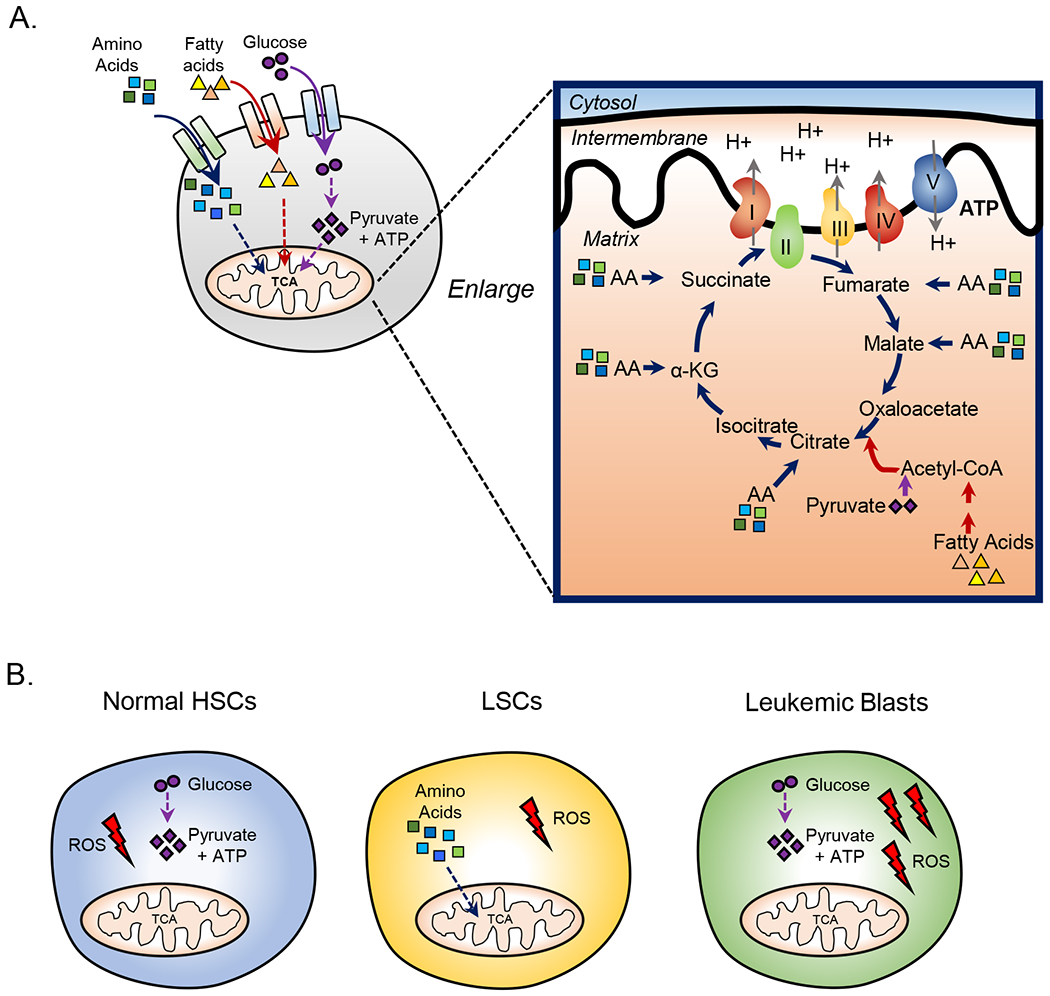Figure 1: LSCs utilize OXPHOS for energy production.

A. Cells generate ATP through glycolysis or oxidative phosphorylation. Each of these pathways rely on the breakdown of metabolites including glucose, fatty acids, and amino acids. B. Figure shows the essential energy pathways used to produce energy (ATP) in the indicated cell types. Normal HSCs and mature leukemic blasts are highly glycolytic and rely on glycolysis for ATP production. LSCs use oxidative phosphorylation to produce ATP and therefore rely on oxidative phosphorylation for survival. Cancer stem cells from several cancer types including pancreatic cancer, glioma, and multiple carcinomas are also highly dependent on OXPHOS. Despite relying on different energy pathways HSCs and LSCs have relatively low levels of reactive oxygen species (ROS) likely due to low levels of OXPHOS and spare capacity in these populations compared to mature leukemic blasts which have increased levels of ROS.
